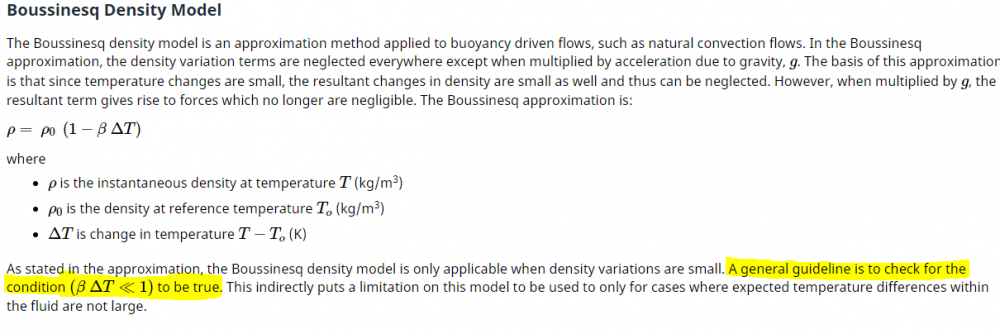natural convection inside a bulb
Hi experts,
I have some questions about choosing the turbulence models & density model for a simulation of natural convection of a bulb.
I have gone through several tutorials of AcuSolve regarding natural convection.
They all using 'laminar' as turbulence model & boussinegq density model.
So my questions are:
1. does choosing the turbulence model depend on the temperature difference?
since a filament inside a bulb can reach 2000 K and i'm not sure that laminar is suitable for this case or not?

2. if we just need to use laminar, but some how i chose Spalart Allmaras as turbulence model.
will this affect the result? take more time for convergence or reduce the accuracy?
3. Regarding to the conditions of the boussinegq density model, it seems not suitable for gas inside a bulb, because the temperature reach 2000K on the filament.
<?xml version="1.0" encoding="UTF-8"?>
what should i choose for the density model of gas? maybe ideal gas?
Thanks in advance!
Find more posts tagged with
Correct - the Ideal Gas density model would be the other choice. Suggest you start with constant density and establish a physical flowfield based on absolute temperature and pressure - then restart with Ideal Gas density. I would also suggest running with S-A turbulence model. You could check results differences with realizable k-epsilon.
hi acupro,
Thanks for your reply.
I will try with your suggestion.

Correct - the Ideal Gas density model would be the other choice. Suggest you start with constant density and establish a physical flowfield based on absolute temperature and pressure - then restart with Ideal Gas density. I would also suggest running with S-A turbulence model. You could check results differences with realizable k-epsilon.